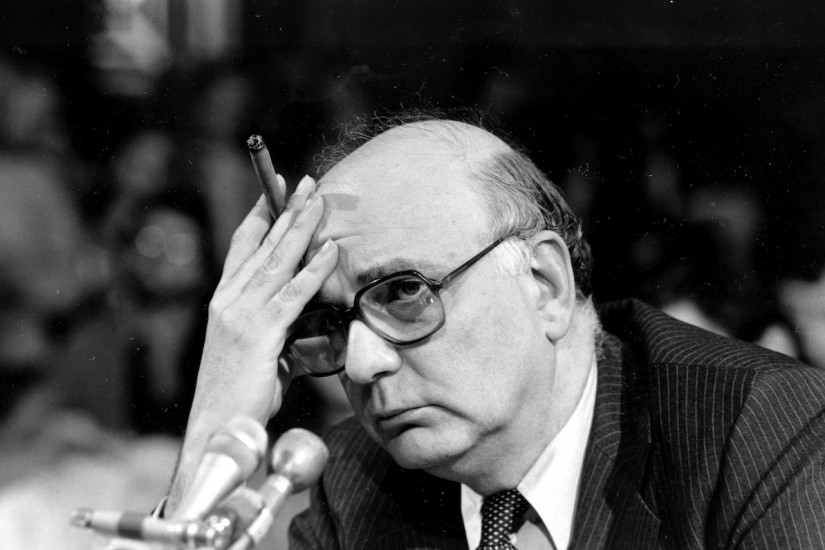Those who praise Volcker like to say he “broke the back” of inflation. Nancy Teeters, the lone dissenter on the Fed Board of Governors, had a different metaphor: “I told them, ‘You are pulling the financial fabric of this country so tight that it’s going to rip. You should understand that once you tear a piece of fabric, it’s very difficult, almost impossible, to put it back together again.” (Teeters, also the first woman on the Fed board, told journalist William Greider that “None of these guys has ever sewn anything in his life.”) Fabric or backbone: both images convey violence. In any case, a price index doesn’t have a spine or a seam; the broken bodies and rent garments of the early 1980s belonged to people. Reagan economic adviser Michael Mussa was nearer the truth when he said that “to establish its credibility, the Federal Reserve had to demonstrate its willingness to spill blood, lots of blood, other people’s blood.”
The point of all this misery was to halt the rise of inflation, which had become a problem during the Vietnam War and hit a monthly peak of almost 15 percent in April 1980. The cycle went like this: If prices were high today, people would expect them to be higher tomorrow. Businesses would raise their own prices to keep up, while workers would demand higher wages to preserve the real value of their income. People considering a purchase would tend to buy immediately, while their money was still worth something and before the shortages appeared. Volcker was convinced that altering expectations would take a demonstration of determination that no one could miss. Contracting the money supply—and hiking the interest rate—makes it harder to borrow for investment or consumption, harder to pay off existing debts, and more profitable to save money. All of this reduces aggregate demand and leads to a fall in price levels, as well as a rise in unemployment.
Did Volcker consciously see unemployment as the instrument of price stability? A Rhode Island representative asked him “Is it a necessary result to have a large increase in unemployment?” Volcker responded, “I don’t know what policies you would have to follow to avoid that result in the short run . . . We can’t undertake a policy now that will cure that problem [unemployment] in 1981.” Call this the necessary byproduct view: defeating inflation is the number one priority, and any action to put people back to work would raise inflationary expectations. Growth and full employment could be pursued once inflation was licked. But there was more to it than that. Even after prices stabilized, full employment would not mean what it once had. As late as 1986, unemployment was still 6.6 percent, the Reagan boom notwithstanding. This was the practical embodiment of Milton Friedman’s idea that there was a natural rate of unemployment, and attempts to go below it would always cause inflation (for this reason, the concept is known as NAIRU or non-accelerating inflation rate of unemployment). The logic here is plain: there need to be millions of unemployed workers for the economy to work as it should.
